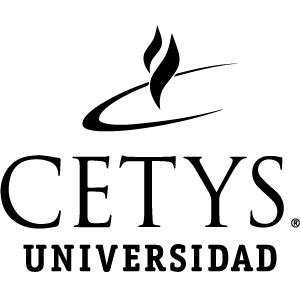https://repositorio.cetys.mx/handle/60000/1880| Campo DC | Valor | Lengua/Idioma |
|---|---|---|
| dc.contributor.author | Moreno-Cruz, Carlos Francisco | - |
| dc.contributor.author | Tzintzun-Camacho, Olivia | - |
| dc.contributor.author | Gonzalez-Joaquin, Marlon | - |
| dc.contributor.author | Aguilar-Martínez, Xiomara | - |
| dc.contributor.author | Gonzáles-Mendoza, Daniel | - |
| dc.contributor.author | Martinez Quiroz, Marisela | - |
| dc.date.accessioned | 2025-02-17T18:17:18Z | - |
| dc.date.available | 2025-02-17T18:17:18Z | - |
| dc.date.created | 2024-10 | - |
| dc.date.issued | 2025-02 | - |
| dc.identifier.uri | https://repositorio.cetys.mx/handle/60000/1880 | - |
| dc.description.abstract | Microalgae cultivation using livestock wastewater (LW) has the potential to be used to develop efficient wastewater treatment systems and promote biodiesel production. This study analyzed the correlation between the Human Development Index (HDI) and livestock productivity in Mexico, revealing a positive strong rela tionship (0.8694 and p-value<0.0001) and highlighting the potential of improved waste management to foster societal development. In addition, this study evaluated the use of LW as a culture medium for microalgae, implementing the strategy of sedimentation and dilution with treated wastewater to enhance its physicochemical suitability. The effects on microalgal growth, COD and NO3 − removal efficiency, and lipid yield were evaluated. The maximum biomass production, indicated by cell concentration, was observed in the synthetic culture me dium (BBM) (2.5 × 107 cells mL− 1 ). In comparison, the diluted LW (7PS:3 L) medium was demonstrated as an alternative culture medium, achieving a cell concentration of 1.57 × 107 cells mL− 1 . The results revealed that LW did not significantly inhibit the microalgae's capacity to reduce COD and nitrogen. Particularly, the cultivated microalgae using LW showed a high lipid yield (207 mglipid grambiomass − 1 ), which was significantly higher than BBM 2 and BBM 6 (p-value <0.0001). Furthermore, the use of LW (7PS:3 L) resulted in a favorable lipid profile, characterized by a high content of total unsaturated fatty acids (85 %). Therefore, this work contributes to the development of a livestock wastewater management strategy and its use as an alternative substrate for biodiesel production in arid areas of Mexico, favoring the environmental sustainability in livestock systems. | es_ES |
| dc.description.sponsorship | Elsevier | es_ES |
| dc.language.iso | en_US | es_ES |
| dc.relation.ispartofseries | vol.86; | - |
| dc.rights | Atribución-NoComercial-CompartirIgual 2.5 México | * |
| dc.rights.uri | http://creativecommons.org/licenses/by-nc-sa/2.5/mx/ | * |
| dc.subject | Waste management | es_ES |
| dc.subject | Microalgae cultivation | es_ES |
| dc.subject | Lipids | es_ES |
| dc.subject | Nutrients removal | es_ES |
| dc.subject | Sustainability | es_ES |
| dc.title | Livestock wastewater as a microalgae growth medium for potential production of biodiesel in arid areas of Mexico | es_ES |
| dc.title.alternative | Algal Research | es_ES |
| dc.type | Article | es_ES |
| dc.description.url | https://www.sciencedirect.com/science/article/abs/pii/S2211926425000669?via%3Dihub | es_ES |
| dc.format.page | 1-9 | es_ES |
| dc.identifier.doi | https://doi.org/10.1016/j.algal.2025.103957 | - |
| dc.identifier.indexacion | Scopus | es_ES |
| dc.subject.sede | Campus Tijuana | es_ES |
| Aparece en las colecciones: | Artículos de Revistas | |
Este ítem está protegido por copyright original |
Este ítem está sujeto a una licencia Creative Commons Licencia Creative Commons


